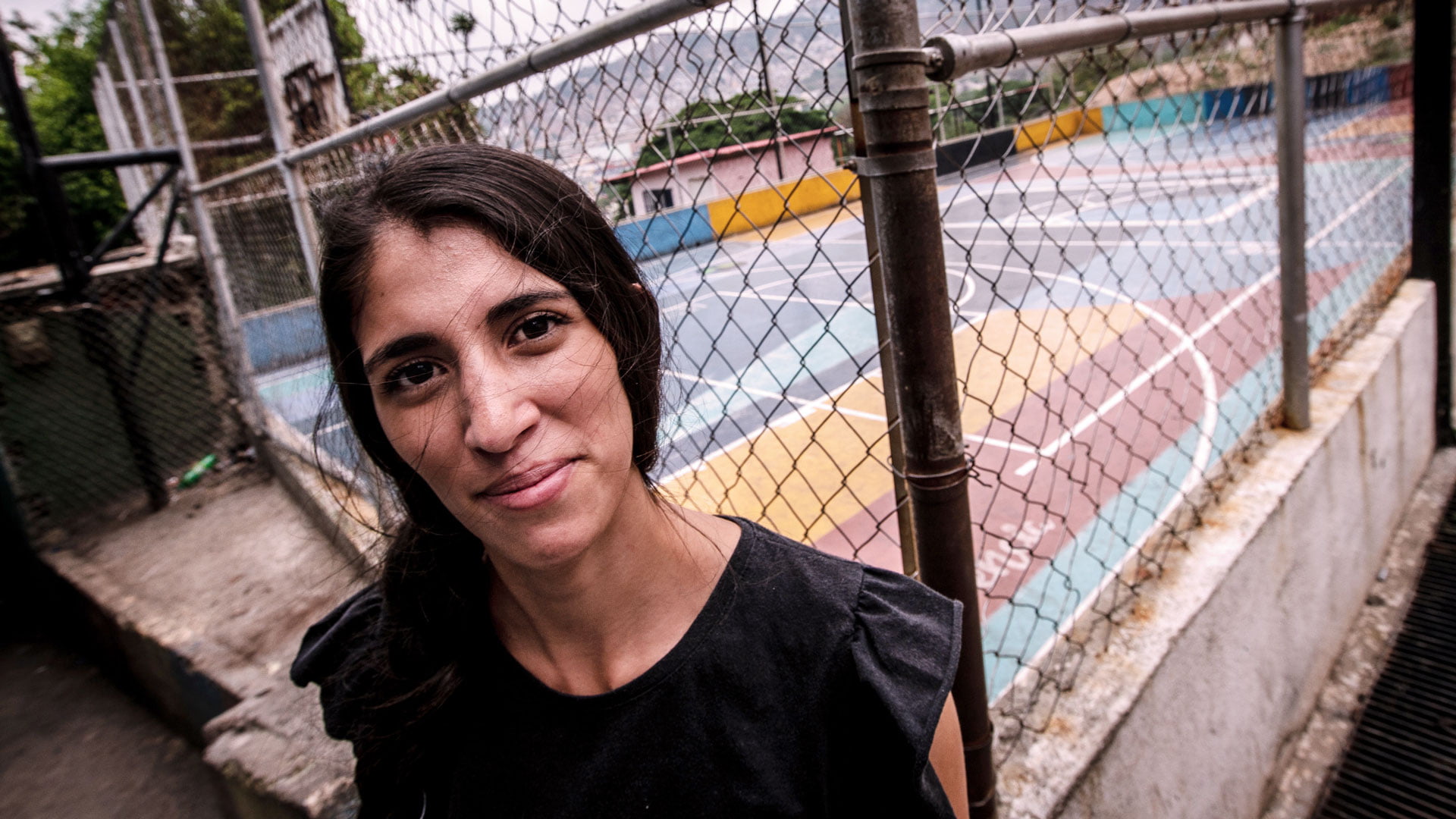

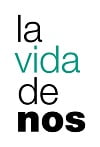
Saray Figueredo was born and raised in Cota 905, in the west of Caracas, where real life is fraught with violence, drugs, hopelessness, and stigmatization. There, at the age of 27, she spares no effort in helping young people in her community see for themselves that they can have a less bleak and barren future.
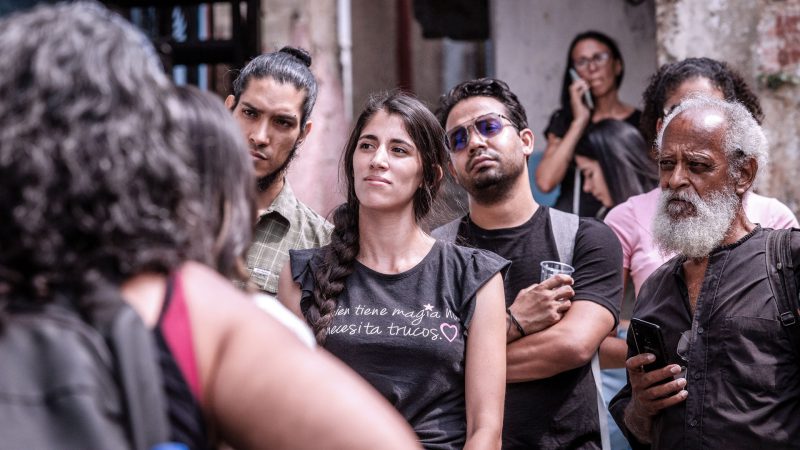 PHOTOS: LEO ÁLVAREZ, JUAN CALERO AND PLANO CREATIVO
PHOTOS: LEO ÁLVAREZ, JUAN CALERO AND PLANO CREATIVOSaray smiles as if she were smiling back at life itself. And not that her eyes haven’t seen their fair share of things, like gunfights and live impromptu trials by thugs; or having the barrel of small and long guns pointed at her face just for daring to challenge the inexorable, unwritten law of the street; or lives destroyed by violence and drug abuse. She has also had to come to terms with the death of her brother, and the havoc it wreaked on her family.
Yet, she smiles, laid-back and honest, as the 27-year-old girl she is. That energy and attitude towards life have allowed her to navigate through a sort of everyday minefield so that those who follow her lead may have a chance at life in a less barren ground.
That minefield, where she was born and raised, is the El León sector of El Cementerio, one that, together with Los Alpes and Santa Elena, presents a complex reality fraught with violence, drugs, hopelessness, and stigmatization.
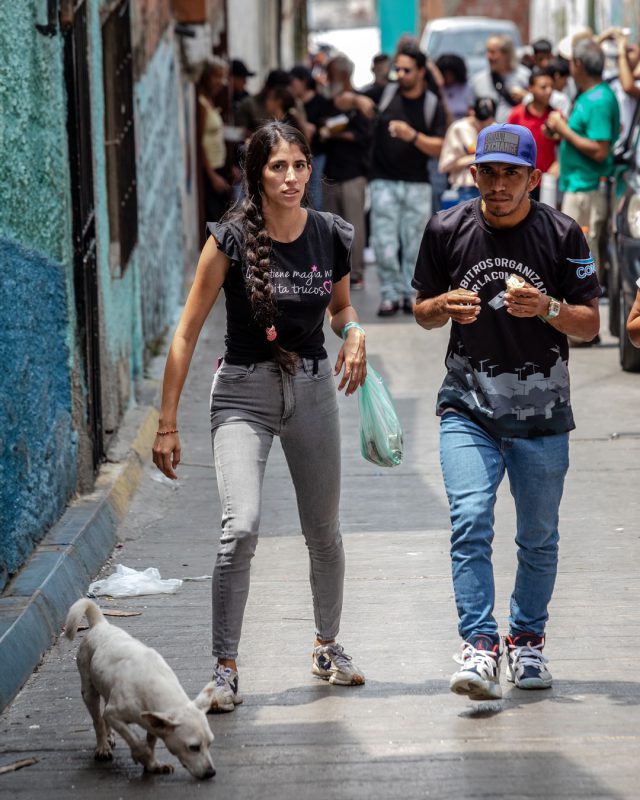
And by offering a less barren ground to walk on she means inviting them to build a future where they are no longer doomed to failure only because they carry the weight of the #Cota905 hashtag on their shoulders.
Saray has, or used to have, three siblings: Alissander, two years her senior; Gidelca, one year her junior; and Gustavo, the youngest. One day, on his way back home from school, Alissander was stopped by the gang from the lower side of the hood. He was 14.
He arrived home with injuries to his head from the butt of a weapon, and the pledge to avenge blood with blood. So, he did what so many kids in the barrios do to make sure that no one will mess with them: he joined the gang. All of a sudden, he was exchanging fire with his rivals, even from the door of his own house.
It was a time when Saray had recurrent nightmares where he was killed. And she grew more anxious when Gidelca decided to follow in his brother’s footsteps. They would party until dawn. They would communicate using codes only they understood. One day they warned Saray:
“You must not be seen nor take photos with us.”
She had no idea, but they were protecting her.
She would later understand from what. The gang to which Alissander belonged had devised a kidnapping plot and he had signed up for a role in it. It failed spectacularly. They were intercepted by the police. He, who always said he would never end up behind bars because he would then be forced to act like an effing snitch, was exchanging gunfire with the cops from outside a four-wheel-drive.
Saray’s worst fears realized. Alissander was 23 when he died.
And on his own terms, as their mother would repeat so many times with profound sadness.
It was November 15, 2017, eleven days after the birth of Saray’s son. She learned the news on her way home from having her C-section stiches removed.
Alissander’s death hit the family like a wrecking ball. Gidelca’s rage turned into self-destruction. She quit school; she would go out without saying where; she took refuge in the world of gangs; she would party every night and drink until the wee hours… They watched her pass by as if she were a complete stranger.
Saray would shiver at the thought of her nightmares coming true again, this time with the face of another loved one.
Gustavo, the youngest, who had spent some time away, returned home. He was already using drugs and hanging out with thugs.
Their mother would get up at six and head straight to the cemetery, where she would stay until four in the afternoon. She wouldn’t eat. She wouldn’t talk.
They were all there but not really.
And Saray, in addition to tending to her newborn baby boy, had to cope with her own pain and come to grips with that which threatened to obliterate her home. “Have I lost a brother or my entire family?” she would ask herself, deeply upset, not knowing what to do.
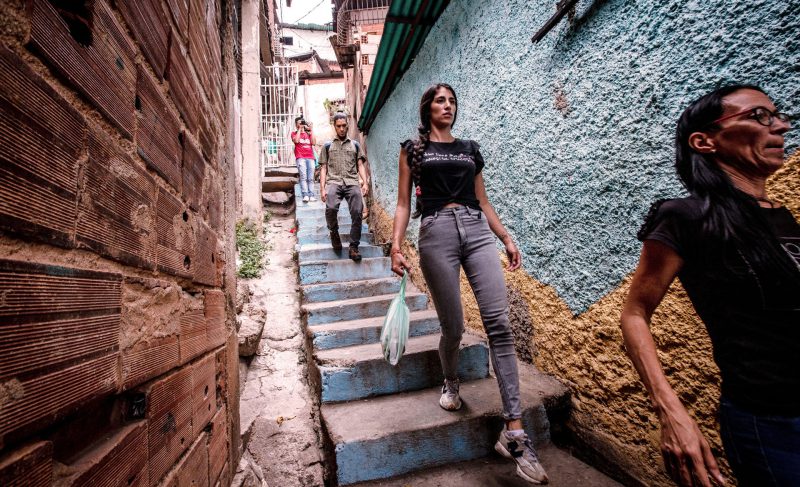
You have to live it to understand that it is not easy to escape the spiral of violence. All alleys in a slum lead to violence. Saray sees how the boys have stopped playing cops and robbers because nobody wants to be a police officer anymore. Their role models for success are the gang members, for they have power, money, and all the women they want.
As for the girls, they grow up seeing them as a coveted trophy. By the time they enter junior high, they want to be with one and have his child; that’s their guarantee that no one will bully or harass them out there on the street, or so they think.
But Saray, who knows better, worries that they don’t see that, in the end, those are the ones who treat women the worst and the only thing they have to offer is life behind the bars of their own neighborhood.
It helped her that she was a quiet child, wise beyond her years, interested in handcrafts and housework. When she was in the 4th grade, she landed her first job in a community kitchen where she was paid with a bag of food she got to take home, and when she was in the 6th grade, she learned to make bracelets that she sold to her girlfriends.
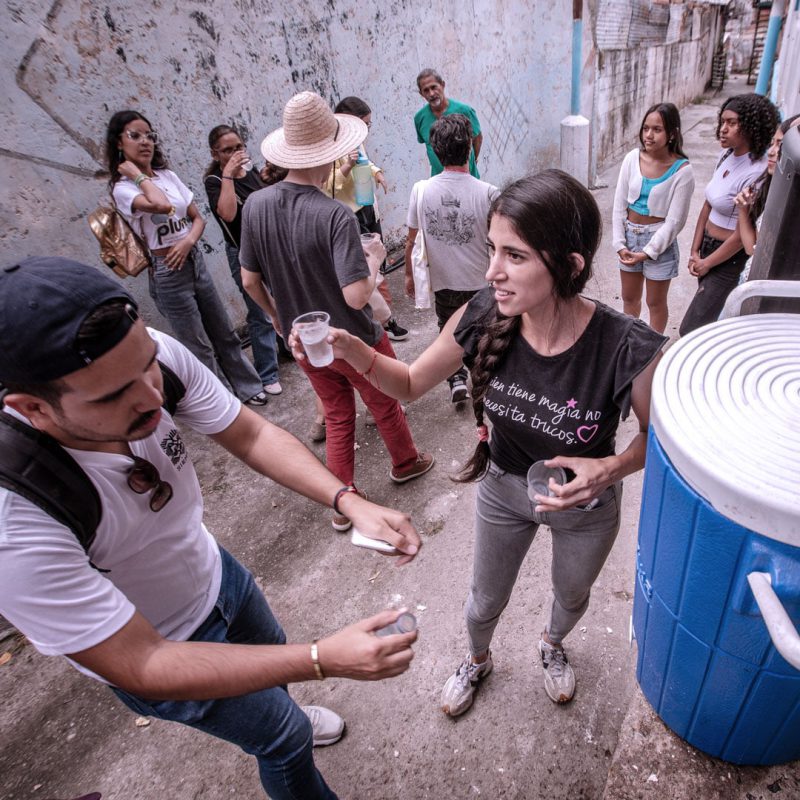
Saray had always taken care of her own. So, it was only natural that she was the one who dealt with things when her mom was not around. And, since Alissander’s death her mom was there but not really, it was her job to bring those closest to her back to life.
But how?
During the 2018 Carnival festivities, out of raw intuition, she suggested to her uncle Leonardo that they organize an activity for the children in the area. Uncle Leonardo contacted Leoneris Muñóz, a leader from the NGO Caracas Mi Convive who worked there, and that’s where it all began.
The activity they hosted in the 3rd street of El León was a resounding success. The community answered to their call. She felt alive. As she was telling her mother about it, her excitement made the latter realize that the energy that comes from helping other people makes one’s own pain more bearable.
She kept organizing activities until 2019, when a community kitchen of Mi Convive opened in her area. They set it up in the upper part of El León, right across the spot where the gang in which his brother was involved used to hang out. Later on, they would move it to the 3rd street, to the house of a kind woman who let them use a space in it for their activities.
It was near to where her sister Gidelca lived at the time. Gidelca had a boyfriend now and had managed to stay away from the gangs. She was oblivious to what Saray and her mother were doing. But, one fine day, she quietly stepped in to help her mom make a list with the names of the children as they arrived.
A few months later, Mi Convive inaugurated a leadership program to which Gidelca, who had been working in San Agustín for a while, applied. They opened a training program for young people, who had to complete assignments in a workbook. She organized the first group with kids from around the area. They were between 13 and 15 years old and were already hardcore drug users.
Gidelca went to them, regardless of where they were, or the time it was, or what they were doing, and made sure that they did their homework. She would sit them in her grandma’s living room, which she arranged as if it were a classroom. Granma would offer them coffee and water to keep them from dozing off. Two girls who lived way up at the top would come down at around 10:00 p.m., and Gidelca would work with them until midnight.
However, for reasons beyond their control, the project was cancelled.
“What are we going to do now with the kids?” they wondered.
Shortly after that, while searching for contacts for her activities, she met Rubén Palmera, a baker who worked in a bakery and pastry shop called Las Nieves.
“We always end up with lots of egg whites that we do not use; we can give it to you for the community kitchen if you want”, he said.
Saray thanked him and showed up there with a 1-gallon empty container to carry the egg whites, which they would later use in fillings for the kids’ arepas and other dishes. In one of her many trips to the bakery shop, Saray had an idea and asked Rubén:
“Would you give bakery classes to the young?” And that’s how Bakers and Pastry Makers, Young People Organized for the Community saw the light of day.
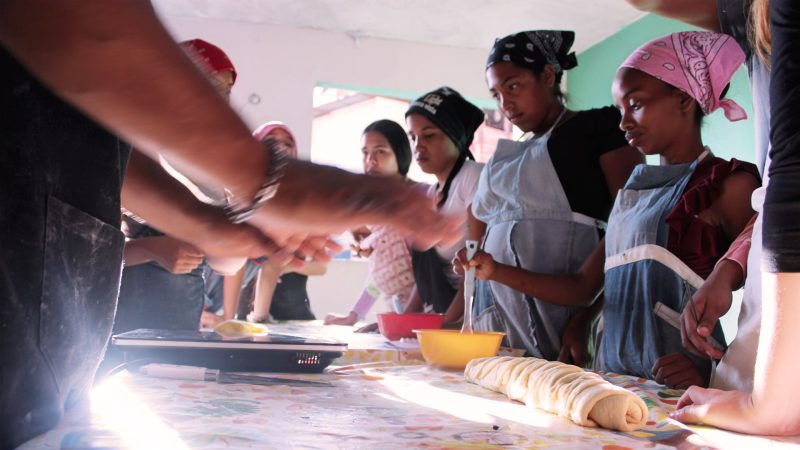
Rubén would ride twice weekly from Guarenas, where he lived, to El Cementerio. Classes were imparted in the same community kitchen were 62 kids were fed.
It was a little improvised, desperate even. They had no experience, no tools, no supplies, no nothing. The criterion Saray used for admission to that first class went something like “if you are a young person and are doing nothing, you are in.”
Those ones behaved the worst, so much so that the neighbors would ask her:
“That one? He is always smoking around! How can you possibly think he will deliver?”
And she would reply, unaffected:
“That’s precisely the type we want to work with.”
As soon as she had set up the group, they started classes. They were taught about the mysteries of bread making, and they were happy to learn how to do something useful with their own hands. The first batch was ready.
“We have a problem: we have no oven to bake the bread. So, let’s find one or our work would have gone to waste,” she said.
The kids took the trays and went knocking on the neighbors’ doors:
“Would you please bake this bread for us?”
The same neighbors who used to be suspicious of them opened their houses’ doors without hesitation.
“Bread is ready, guys!” they would yell, sympathetically.
It was a tough, intense experience, with many bumps along the road. The COVID-19 pandemic got on the way. They stopped. They resumed activities. They stopped again. And so on. More than once, Saray had to hold back tears. Many times, as late at 9:00 p.m., they would still be looking for a borrowed oven to bake the bread. That late, Rubén would make the trip back to Guarenas.
They had nothing to give those kids who threaded the dough away during the day making bread, but water and whatever they made. They went the entire day without eating, and when the bread —which had taken them hours to make— was finally baked, it would be gone in five minutes. Not only because they were starving, but also because they would immediately go like:
“I want some for my mom; I want some for my grandma!”
It was not an easy group. Their heads were all over the place. They were a handful. They didn’t fit. But they were highly talented and committed. Most of the members of that first class are still busy working on stuff. Some have relapsed, and for those who have, Saray leaves the door open. Always. And more often than not, they come back.
Her mom had warned her from the beginning: “Do you know against whom you are competing? Do you know who your rival is? Don’t you realize that it is larger than you?
She would get it with time. It was a war on drugs and, simultaneously, a war on the power they feel for being part of a gang, and on the weight of dysfunctional families.
“I have learned how to deal with them. Many come from horrible families. One of them stole money from me and I didn’t make a fuss about it. Stuff happens. That kid’s mother has been in jail.”
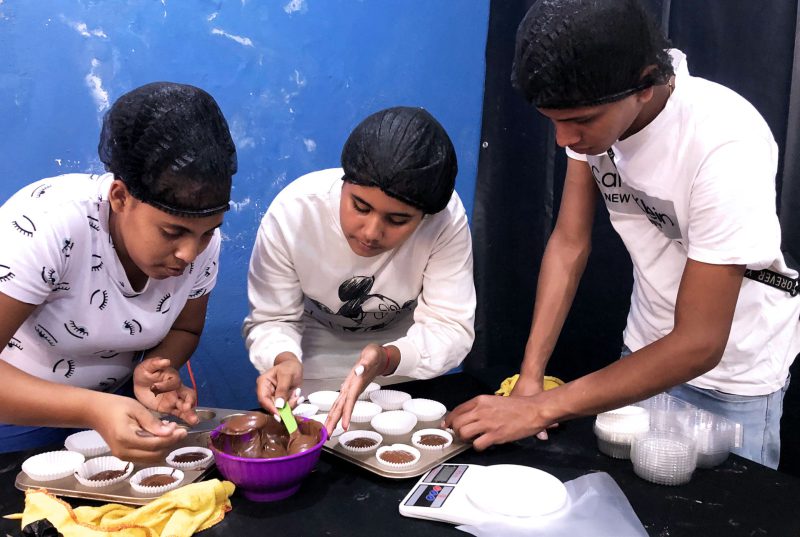
When they get together to work, they get excited and are always brimming with splendid ideas; but at the close of the day, when they are dismissed, they go home to their same old reality.
They need to decide if they want their family’s history to repeat itself on them, or understand that the fact that it is their parents’ history does not necessarily mean that it has to be theirs.
“They need to decide for themselves that they want a different life. Otherwise, there is no much else to do.”
Saray watches them and can’t help but see her brother. She knows violence from the inside. She has been mistreated by the police. She has seen houses raided. She has seen gangs settle their scores on the streets. She has seen how her people are stigmatized just because of the place they live. And she knows that kind of violence is carried by the young from generation to generation.
She knows it is not easy to say no to it.
It happened to her brother. He couldn’t get out of the poisonous trap of violence, He didn’t know how. And it is his family who has since been carrying a pain that never leaves, even if they have learned to live with it. “What would have become of him if had he had a chance like this?” she wonders from time to time.
One day, people from the International Red Cross Committee who were visiting the area as part of their work in high-conflict zones, told her they wanted to support their project. That’s how they got their first baking tools and the possibility to improve the course’s material.
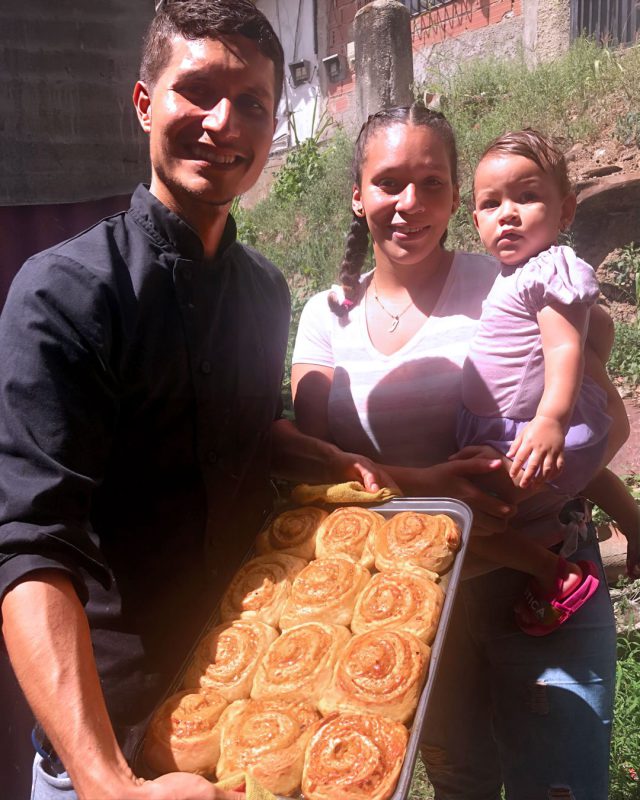
This is their fourth class now. They want to add more subjects to the program. There is always a waiting list. Many of those who completed the course have found a job in a pastry shop or have started their own business or are working in other areas or have become teachers or activists.
They go from doing nothing to earning their daily bread by engaging in some activity. They are not the same people as when they started. They have learned a trade, for sure, but they have also learned to believe in themselves; to imagine a different life and work hard for it; to acquire some skill to meet their basic needs; to help pay the bills; to be able to buy their personal stuff; to be able to take their girls out.
To find a way out of a short life of violence and drugs.
In 2021, they opened another community kitchen on the 3rd street of El León. The gangs still exerted their authority over their turf, but they respected the group’s work to the point that, if they needed to go somewhere in the area, they were just a phone call away from a clear road and protection. More so since the implementation of the so called “peace zones” in 2015.
However, that peace would be short lived.
The apocalypse befell upon them in 2021. Operation Cacique Guaicaipuro was implemented with more than 2,500 officers from various law-enforcement agencies. The community had already gone through Operation Liberación del Pueblo, but this one was beyond compare. It lasted three days during which they all thought they were going to die, with no power, with no possibility of going out to buy food to eat, without the most fundamental guarantees; three days hearing barrages of shots being fired from assault weapons and grenades exploding.
At night, the neighbors wouldn’t dare to leave their houses or peek out from their windows, fearing they might be next.
Countless walls still bear witness to that hell of a mess.
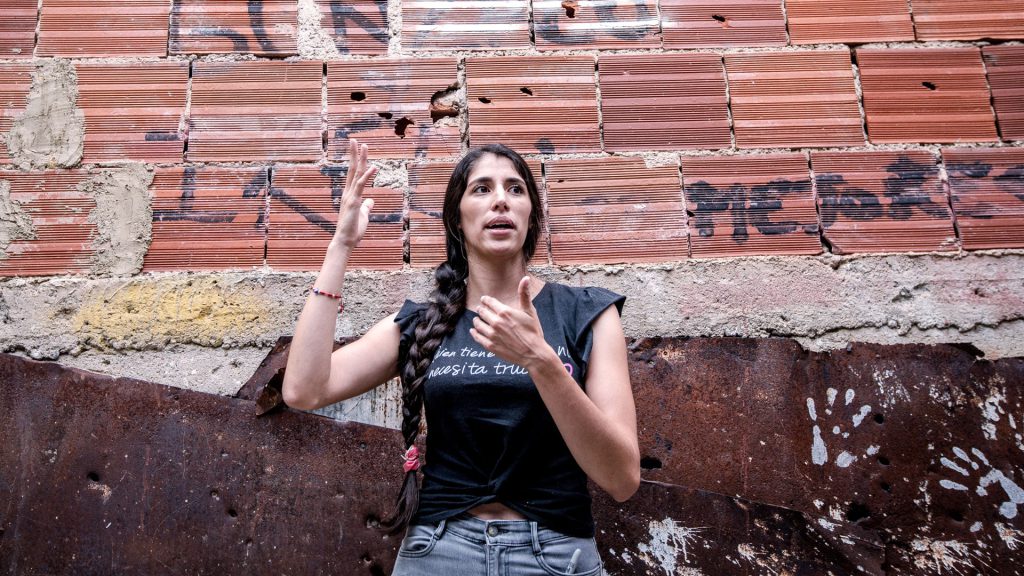
Once those three days —that seemed like an eternity— were finally over, people gradually came back to life. They told their stories, of which there were many, and counted the dead, which were 37. Little by little, they tried to overcome the traumatic experience, the feeling of helplessness, the stigma of the #Cota905 tag.
And they went on with their classes and their community work, betting on life.
Saray, who also feels she is a different person from the one she was seven years ago, is now making plans in her head for a comprehensive training center where she can teach various trades and skills to young people who will, in turn, teach other kids in the community.
“I know it firsthand. Social activism changed my family,” she says, adding that the formula is a no brainer. But it took courage to change things that had long been considered to be set in stone. “You have to begin by changing yourself; in doing so, things change at home. Only then can you venture outside and thread your way back to life in the community.”
It’s not just about acquiring a trade, as she notes, but rather about seeing the world through a different lens. It is about imagining a future that is less bleak and barren for those who come next.
10113 readings
Narrador. Ciudadano neo-punk. Escribo porque no pude ser un pop-star. Sumergido en el cine, la música y todas las formas de contar historias. Autor de Caracas muerde, entre otros títulos. Coeditor de La Vida de Nos.